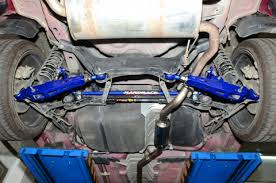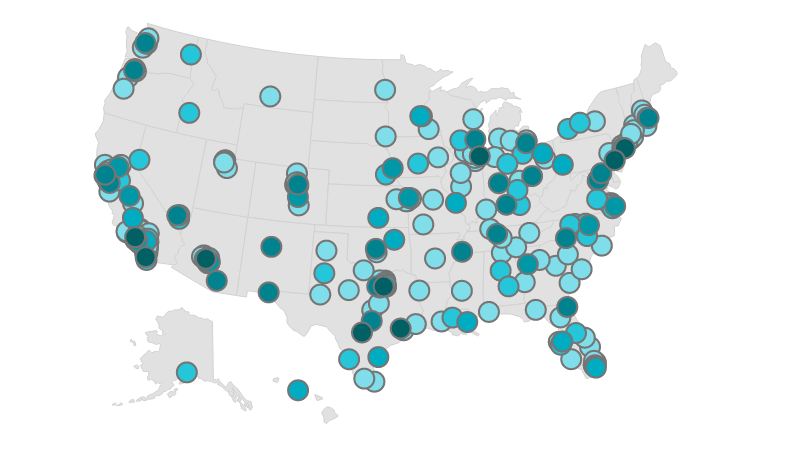What is a Rear Lower Control Arm and How Does It Work?
The rear lower control arm is a key suspension component that connects the rear wheel hub to the vehicle’s frame. It helps maintain wheel alignment, stability, and smooth handling by allowing the wheel to move up and down with the road while keeping it properly positioned.
Control arms are equipped with bushings (to absorb vibration) and sometimes ball joints (to allow pivoting). Together, they provide a comfortable ride while ensuring safe and predictable handling.
Why the Rear Lower Control Arm Matters
When a rear lower control arm wears out or bends, it can throw off wheel alignment and cause poor handling, uneven tire wear, and even unsafe driving conditions. Driving with a damaged control arm can also put stress on other suspension parts and reduce vehicle stability.
Replacing a faulty rear lower control arm restores suspension integrity, ride comfort, and safe steering response.
Important to Know:
- Control arms are built to last but may fail due to age, potholes, collisions, or rust.
- Worn bushings alone can sometimes be replaced, but often the entire control arm is swapped for long-term reliability.
- After replacement, a wheel alignment is strongly recommended to ensure proper handling and tire wear.
How Rear Lower Control Arm Replacement is Done:
- Inspect the control arm, bushings, and suspension for damage or wear.
- Safely lift and support the vehicle.
- Remove the rear wheel for access.
- Unbolt and remove the worn or damaged control arm.
- Install a new OEM-quality rear lower control arm with fresh bushings/ball joints.
- Torque all bolts to manufacturer specifications.
- Reinstall the wheel and lower the vehicle.
- Perform or recommend a wheel alignment.
- Test drive to confirm stability and ride quality.
When to Replace a Rear Lower Control Arm:
- Typically after 80,000–100,000 miles, or sooner if worn or damaged.
- Immediately after an accident, curb strike, or severe suspension impact.
Signs You May Need Rear Lower Control Arm Replacement:
- Clunking or knocking noises from the rear suspension
- Uneven or rapid rear tire wear
- Rear wheels out of alignment or wobbling
- Poor handling, drifting, or instability
- Visible cracks, rust, or bends in the control arm
How Important is This Service?
A worn or damaged control arm compromises suspension safety, steering precision, and tire life. At Nationwide Mechanics, we provide expert control arm replacements with high-quality parts and precise installation—so you enjoy a smoother ride, longer-lasting tires, and safer handling.




